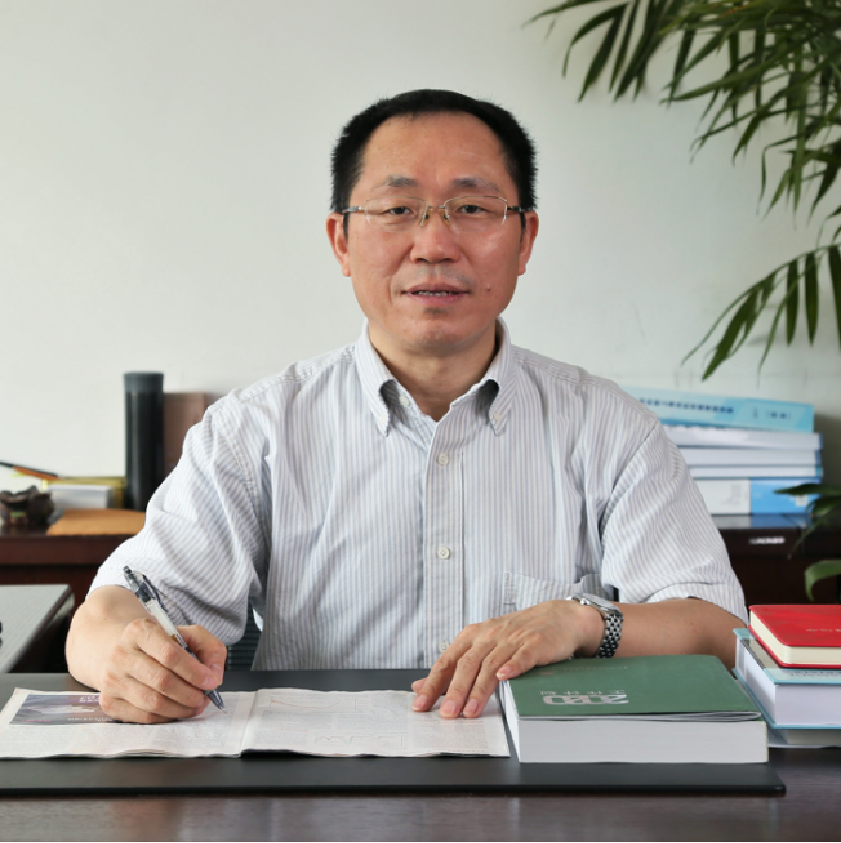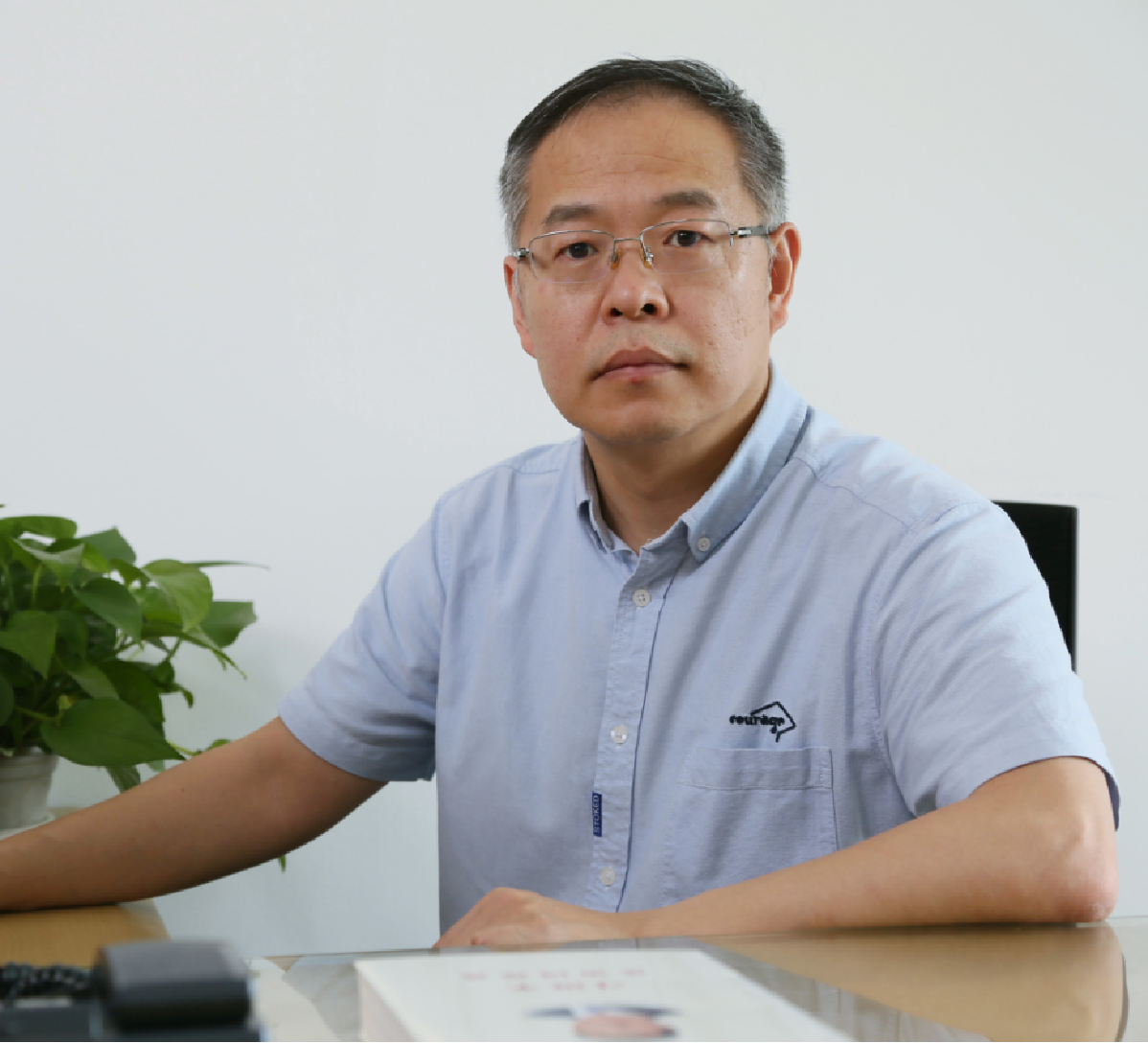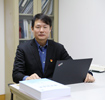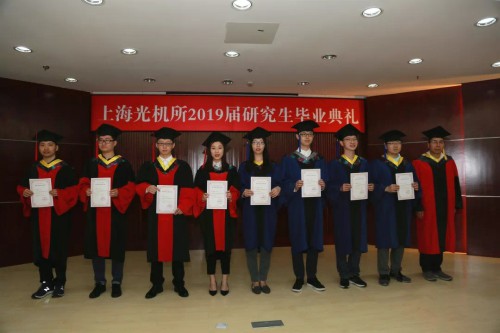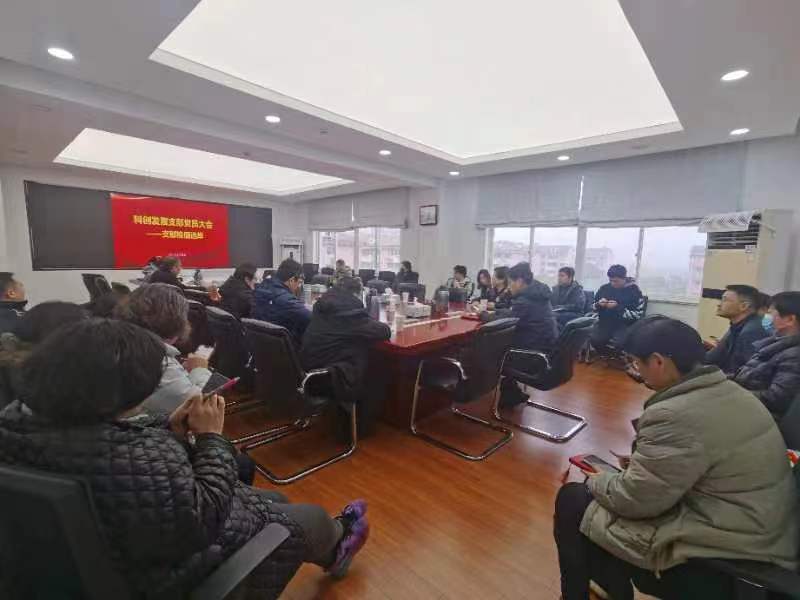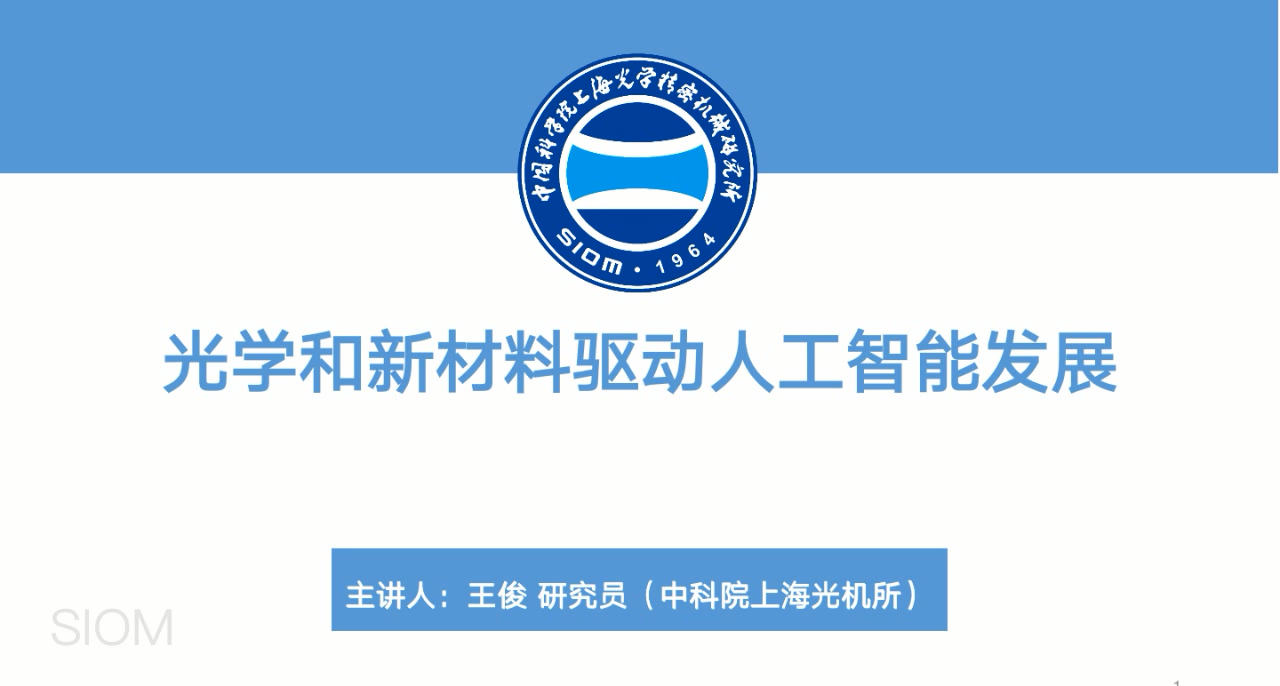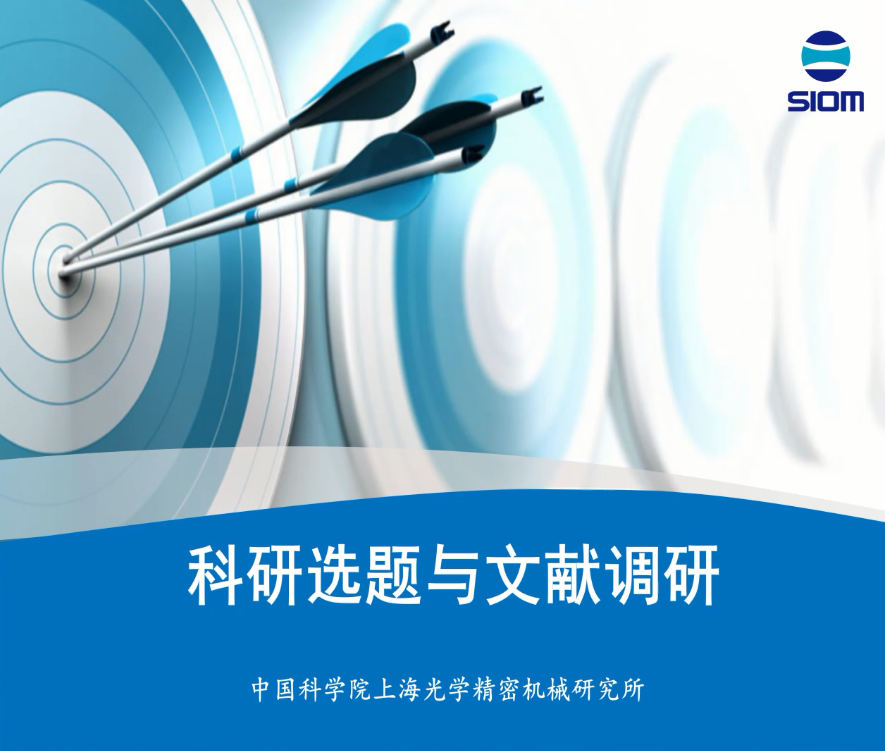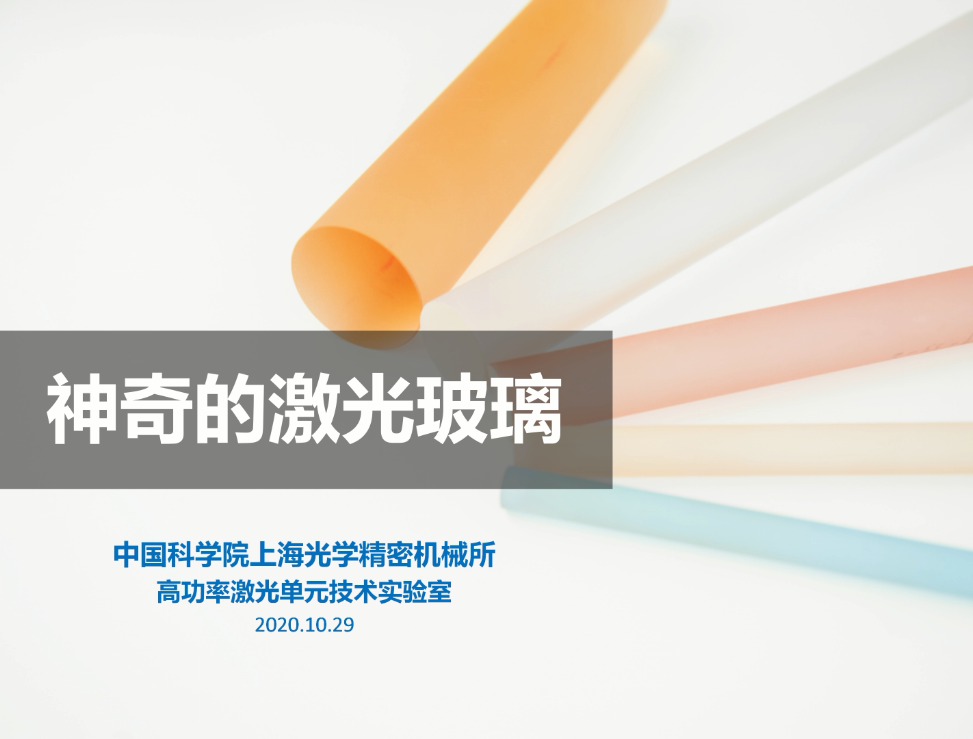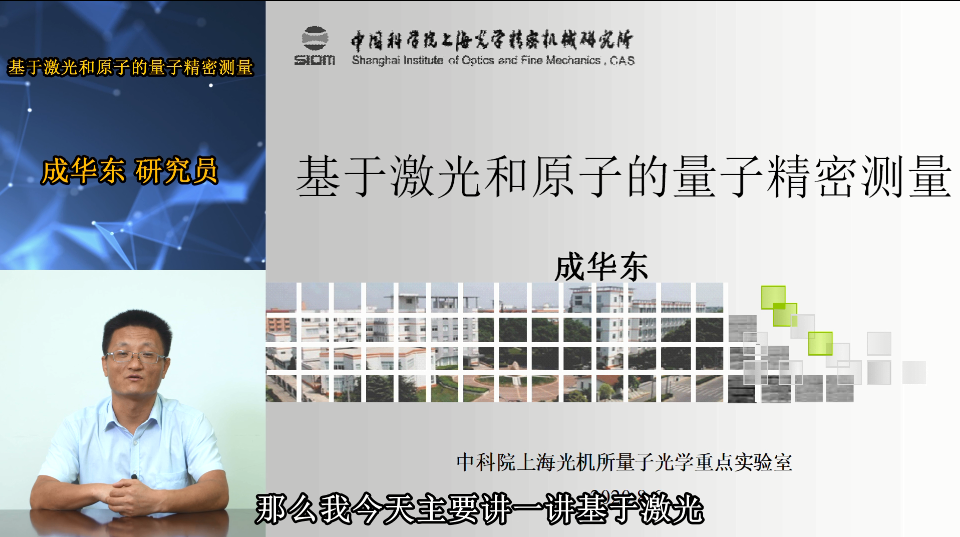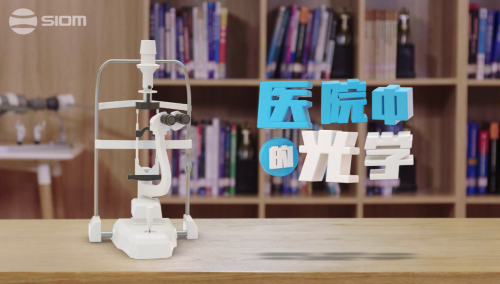报告题目: Status of weather modification technology using aircraft in Korea
报告人:Oh, Sung Nam
报告时间:2019年10月9日10:00
报告地点:溢智厅
Oh, Sung Nam
Professor / Senior Fellow
Soong Sil University / The Korean Association of Senior Scientists and Engineers
Abstract
Cloud seeding weather modification technology is a demonstration technology in use in 46 countries in the world. It is a scientific method of condensing and growing cloud particles to rain or snow by combusting cloud seeding by burning silver iodide (AgI) or hygroscopic material (CaCl2) on natural clouds that do not form enough precipitation.
Korea's weather modification technology was introduced by the Korea Meteorological Administration (KMA) in 1963. However, in 2002, we first conducted a cloud seeding using aircraft to overcome drought. So far, 38 times of ground and aircraft rainfall enhancement experiments have been conducted by KMA. Therefore, some basic skills and experience in cloud seeding are accumulated. However, research experiments have not been continued since there is no dedicated aircraft for cloud seeding for a long time. In addition, it is carried out only in mountainous areas, so there is little experience with rivers and urban areas.
Cloud seeding aircraft experiments for rain enhancement in mountain areas were conducted from 2008 to secure water resources in Korea. AgI and others were seeded directly on low clouds that could not be activated due to lack of ice crystal. The area was Pyeongchang, where Daegwanryeong Cloud Physics Center and Yongpyeong Ski Resort are located. Cloud seeding experiments were conducted in cold clouds with cloud temperatures below 0℃. Recently, rain enhancement experiments have been carried out on warm clouds (over 0℃) in Gyeonggi-do. KMA is launching a full-fledged cloud seeding aircraft test in November 2017 with the introduction of the Meteorological Aircraft KingAir 350HW.
Experiments with 34 cloud seeding aircraft over the last eight years (2008-2016) resulted in an average increase in precipitation of 0.7 mm and a cloud seeding coverage (model simulation) of 100-250 km2. In 2017, artificial rain experiments were conducted on the Gyeonggi area, and in 2018, cloud seeding was conducted to increase the amount of snow fall in the Pyeongchang Olympics using meteorological aircraft.
To understand cloud physics and artificial rainfall process, we have established a cloud physics forwarding center in Daegwallyeong since 2006 and conducted ground artificial rainfall experiments. In order to reduce fine dust in the Korean peninsula, KMA conducted cloud seeding using manned and unmanned aerial vehicles on the west coast of the Korean peninsula. The aircraft used was a manned multi-purpose aircraft (King Air 350HW) introduced by KMA in 2017 and an unmanned aerial vehicle (Fixed-wing TR60) developed by the Korea Aerospace Research Institute (KARI) for the past 10 years. KMA is promoting the development of artificial rainfall technology with the main purpose of securing water resources such as drought response. However, it also analyzes the effects of forest fire prevention and fine dust reduction using artificial rainfall test data. The aerosol cleaning effect by precipitation is found to be possible in weak precipitation of 1mm per hour.
In order to raise cloud seeding technology to the level of advanced countries, various researches and experiments are intensively carried out, and the technology and information are shared with other countries, and efforts are made to make the technology practical by raising the level through cooperation.
The national research institutes are making efforts to secure technology for increasing precipitation due to cloud particle ionization using super-power lasers.
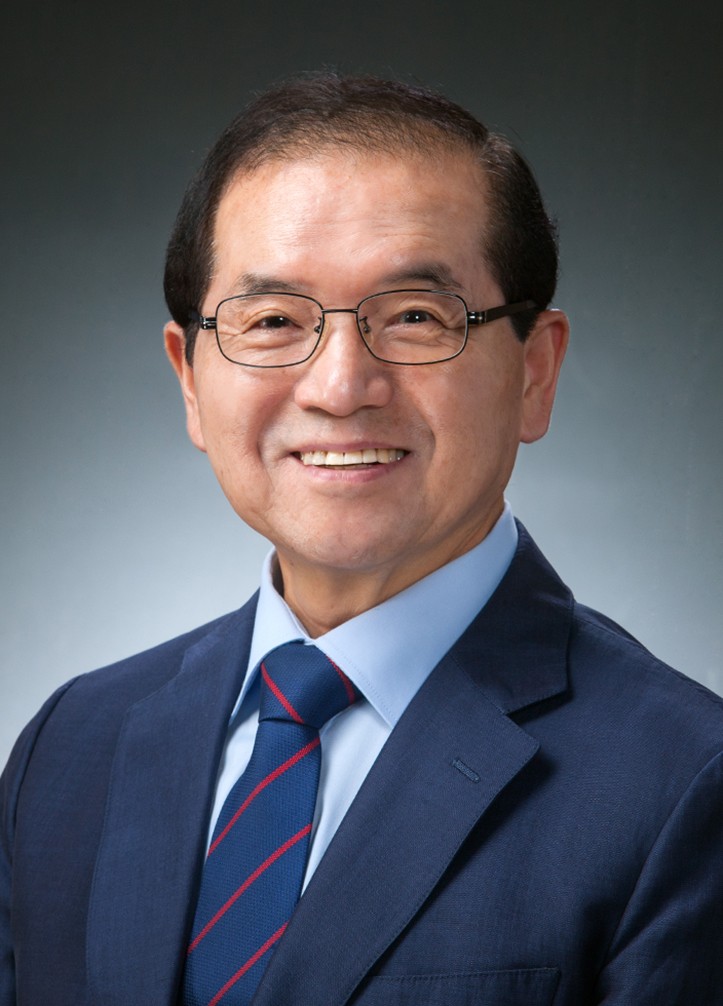
Oh, Sung-Nam,
Ph. D. in Meteorology (Atmospheric Science)
Birth : 1948
Position:
Principal Research Scientist & Professor
Department of Naturel Disaster & Safety
Soong Sil University
Seoul Korea
Board & Editor
The Korea Association of Senior Scientist and Engineers
Phone: (+822) 3411-7630
(+8210) 3706-7017
I am particularly interested in
Atmospheric Radiation
Satellite and Radar Remote Sensing
Weather Modification and Cloud Seeding
Monitoring and Impact Assessment of Climate Change
Applied Meteorology on Hydrology and Urban Meteorology
EDUCATION:
B. S. in Astronomy and Meteorology, 1972, Yonsei University,
Seoul, Korea.
M. S. in Meteorology, 1975, Yonsei University, Seoul, Korea.
M. S. in Meteorology, 1981-1983, Texas A&M University, USA,
Ph.D. in Meteorology, 1984-1988, University of Oklahoma, USA,
HONORS:
Award of Korean top prize for remote sensing research in 1993.
Award of SERI top prize for research work in 1995.
Award of Korea Meteorological Association, 2015
Award of Ministry of Science Technology, Korea, 2013
Award of Korea Meteorological Administration, 2017
* Experiments
Years Offices Orders
1979. 3. – 1980. 2. ADD Research Institute in Korea Senior Research Scientist
Atmospheric Optics Dept.
1985. 1. – 1988. 10. Oklahoma Climate Survey, University of Oklahoma Research Scientist
1988. 11. – 1990. 6. Department of Meteorology, University of Maryland Assistant Professor
1990. 7. – 1999. 6. Department of Image Process Electronics and Telecommunications Research Institute Director &Principal Investigator
1999. 6. – 2008.6 National Meteorological Research Institute, Korea Meteorological Administration Director of Applied Meteorological Research Laboratory (National Research Lab.)
2008. 7 – 2017.12 Department of Atmospheric Science Yonsei University Seoul, Korea Professor
2017.1 – Present Soong Sil University Professor



